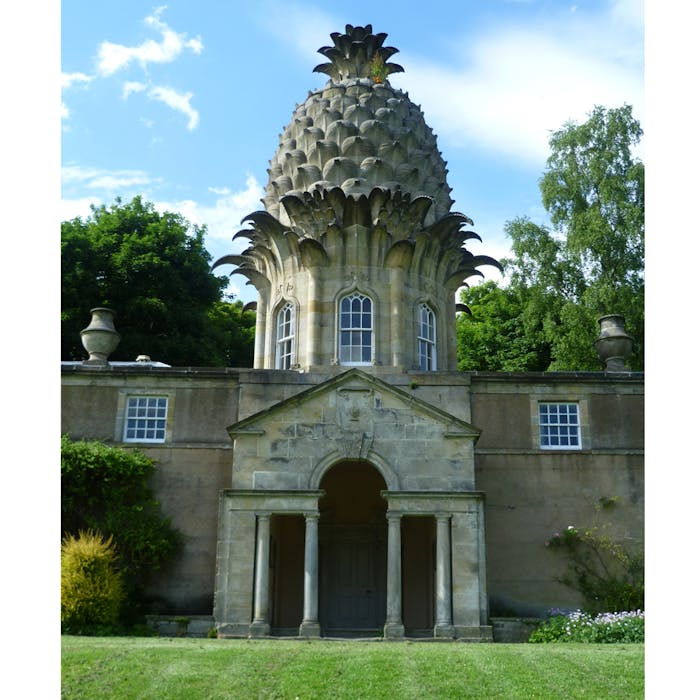
The Landmark Trust - saving the smaller historic buildings of Britain
Since 1965, the Landmark Trust has been saving historic buildings that are at risk and giving them a new and secure future - usually as quirky holiday lets.
The Landmark Trust charity was founded in 1965 by Sir John and Lady Smith. It rescues buildings of historic interest or architectural merit and then makes them available for holiday rental.
These buildings tend to be much smaller than those that would interest the National Trust, but are often much-loved landmarks of their local area.
The Landmark Trust today manages some two hundred properties ranging from eccentricities such as a Grade II listed pigsty in Yorkshire and a pineapple-inspired folly in Scotland (pictured) to sites of immense importance, including Pugin’s neo-Gothic house in Ramsgate and the island of Lundy in the Bristol Channel.
Landmark sites include forts, farmhouses, manor houses, mills, cottages, castles, gatehouses, follies and towers and represent historic periods from medieval to the 20th century.
Through the charity, holidaymakers can help support the survival these varied and interesting historic buildings whilst having the chance to experience living - for a while - somewhere truly distinctive.
Most Trust properties are in England, Scotland and Wales. Several are on Lundy Island off the coast of north Devon, operated under lease from the National Trust. In continental Europe there are Landmark sites in Belgium, France and Italy. Five properties are in the United States — all in Vermont— one of which, Naulakha, was the home of Rudyard Kipling in the 1890s.
Further reading
Links to external websites are not maintained by Bite Sized Britain. They are provided to give users access to additional information. Bite Sized Britain is not responsible for the content of these external websites.
